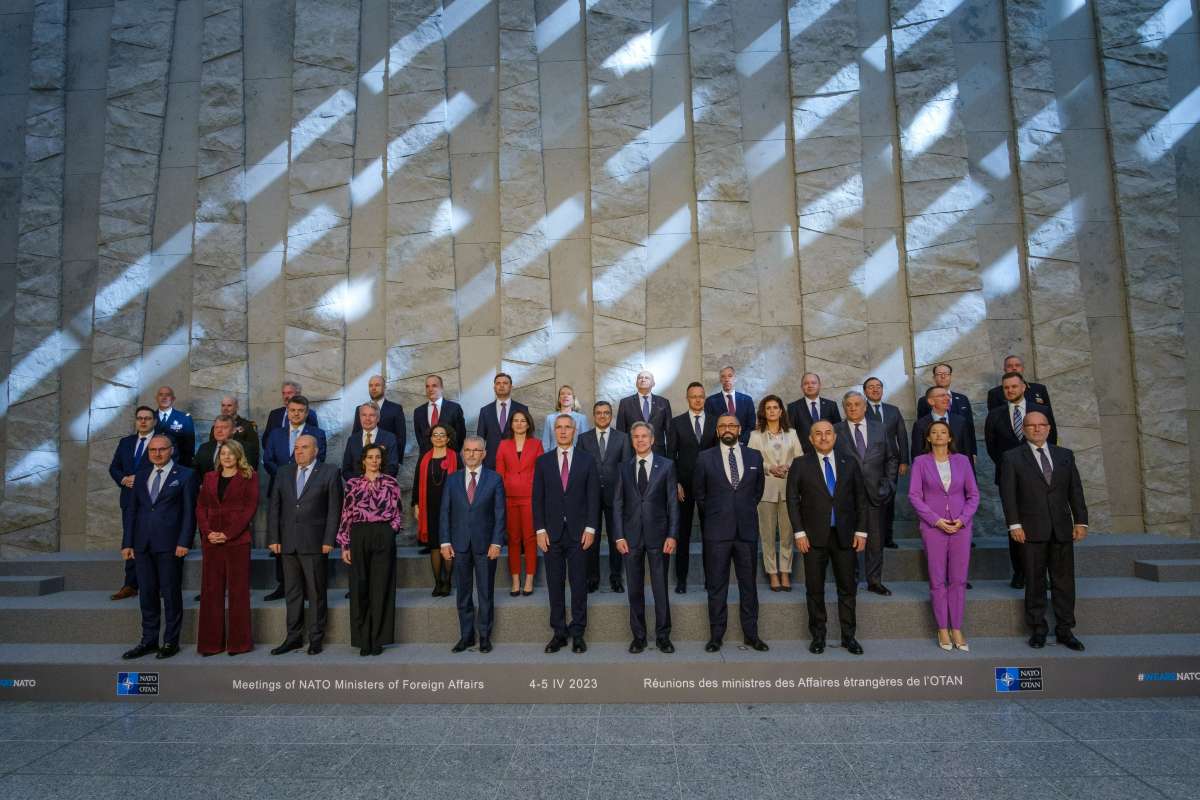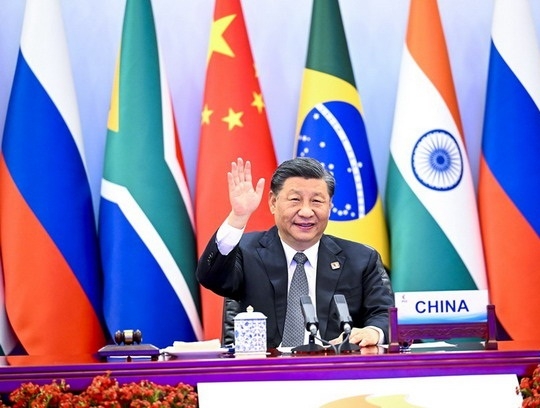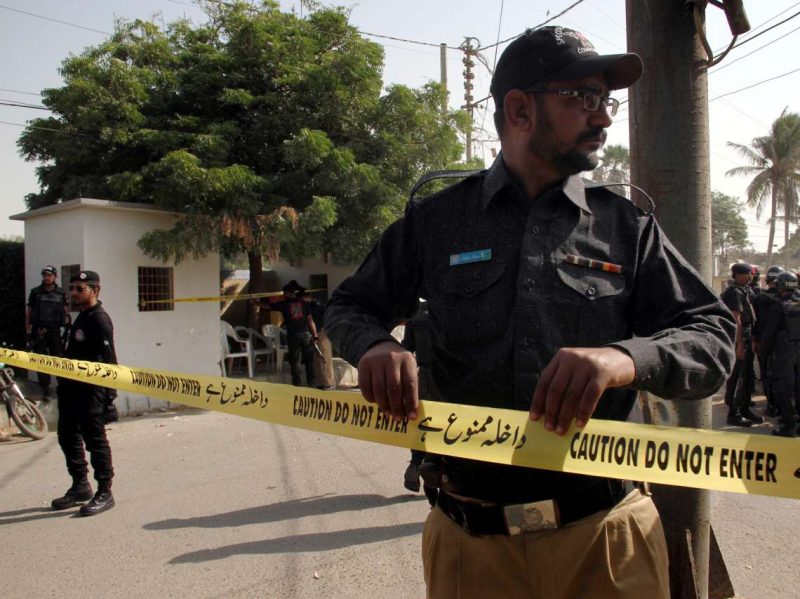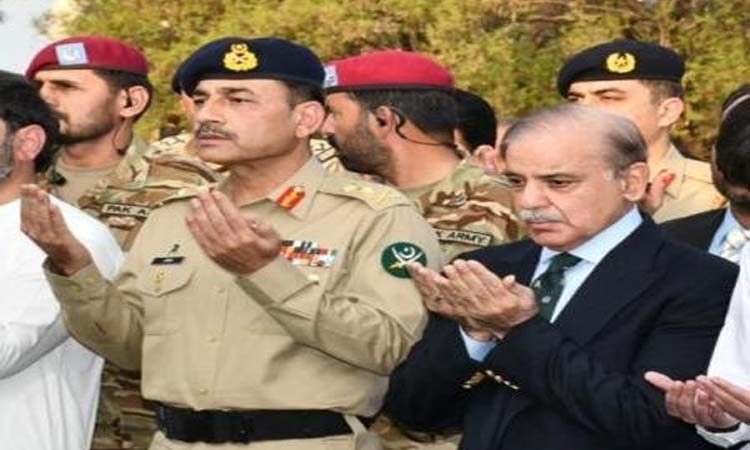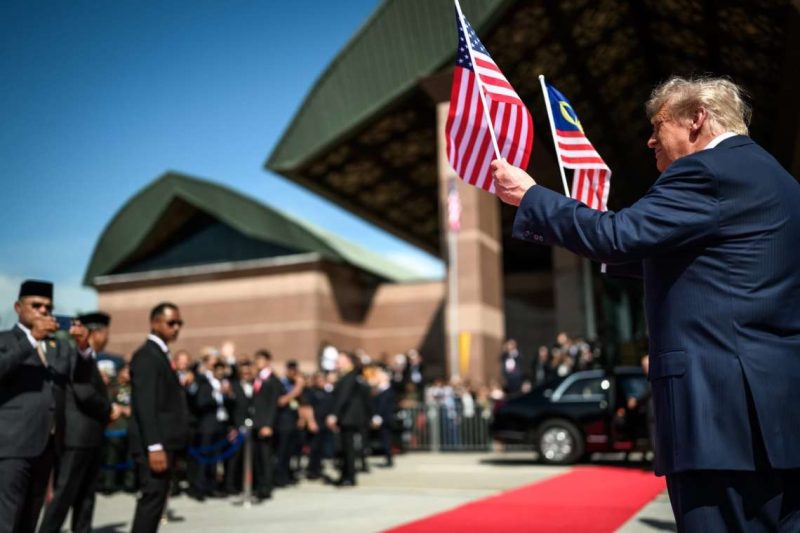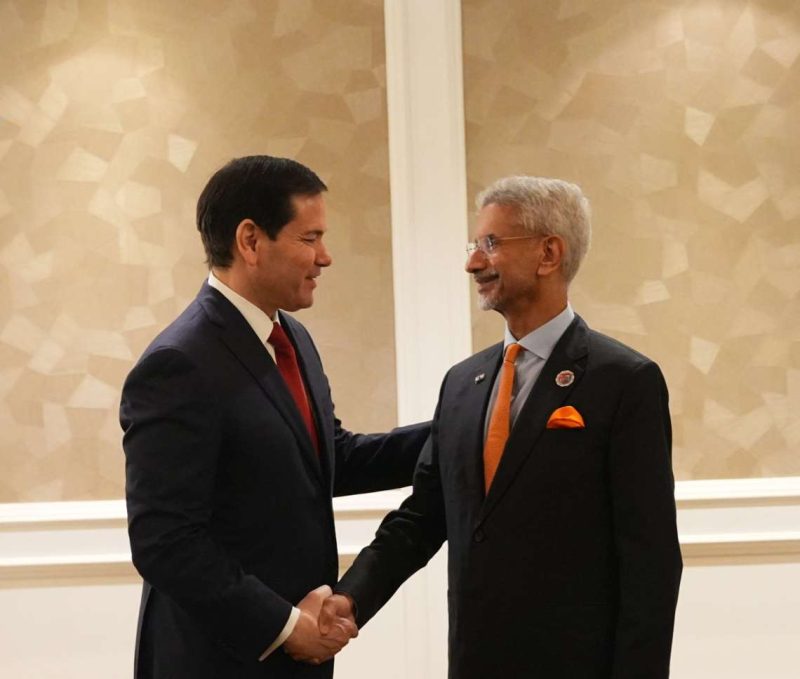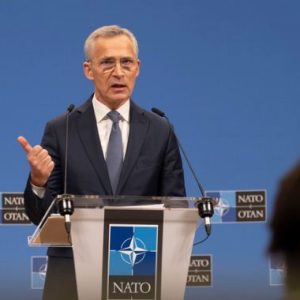Finland joining NATO marks one of the most significant geopolitical consequences of Russia’s invasion of Ukraine to date and represents a dramatic realignment of Europe’s security framework, writes Asad Mirza
Finland formally became a member of NATO on April 4 during a scheduled summit, finalising the fastest accession process in the treaty’s history.
Last week, the blue-and-white flag of Finland was raised alongside those of its western partners outside NATO’s headquarters in Brussels after the Nordic country formally became the 31st member of the transatlantic defensive alliance.
Guests at the ceremony, including the US Secretary of State, Antony Blinken, and the Finnish President, Foreign and Defence Ministers applauded and shouted “bravo” at the ceremony, which marked a historic realignment of Europe’s security landscape.

US President Joe Biden warmly welcomed the completion of Finland’s accelerated accession process, saying NATO had shown itself more united than ever after Russia’s invasion of Ukraine.
The two Nordic countries, Finland and Sweden’s inclusion in NATO was being watched as the war of nerves between the West, represented by the US and its allies and the Communist-Socialist bloc led by Russia.
Though initially Russia showed less apprehension about the inclusion of these two Scandinavian countries in NATO, however, after Finland becoming the latest member to join the alliance, Kremlin’s spokesperson, Dmitry Peskov, said that NATO’s embrace of Finland was an “encroachment on our security and on Russia’s national interests”, adding that Moscow would watch closely for any NATO military deployments there.
The Ministry added that the development marked “a fundamental change in the situation in northern Europe, which had previously been one of the most stable regions in the world”.
Russia said on Monday it would bolster its military capacity in its western and north-western regions in response to Finland’s accession.

Sweden and Finland together share a 1,340 km-long border with Russia, and both submitted simultaneous membership applications last May, abandoning decades of military non-alignment to seek security as NATO members after the Russian invasion.
The Guardian has commented that joining NATO means Finland falls under the alliance’s Article 5, a collective defence pledge that stipulates that an attack on one NATO member “shall be considered an attack against them all”.
Finland is one of the few European countries to have retained a conscription army through decades of peace, wary of its eastern neighbour Russia after the former Soviet Union tried to invade the country during WW II.
Finland’s ground, naval and air forces are all trained and equipped with one primary aim – to repel any Russian invasion.
Finland has what it calls “Western Europe’s strongest artillery” that includes some 1,500 weapons: about 700 howitzers and cannon, 700 mortars and about 100 heavy and light rocket launchers.
By joining the NATO now it can purchase more arms from diverse sources such as Israel.
NATO has an open-door policy, meaning that any country can be invited to join if it expresses an interest, as long as it is able and willing to uphold the principles of the bloc’s founding treaty. However, under the accession rules, any member state can veto a new country from joining.

Turkey and Hungary, presumably at the behest of Russia tried to stall this process for the last one year.
Turkish President Recep TayyipErdogan accuses Finland and Sweden of housing Kurdish “terrorist organisations”, while Hungarian Prime Minister Viktor Orban claimed they were spreading “outright lies” about his country’s rule of law record.
However, there was a limit to which both could stall the process and with many behind the scenes manipulations at last they bowed down to the NATO’s pressure.
Turkey and Hungary later softened their stance on Finland’s accession, opening the door to its membership earlier this month. However, they remain opposed to Sweden joining — at least for now. Ankara accuses Stockholm of sheltering Kurdish militants, while Budapest has “grievances” about Swedish criticism of the rule of law in Hungary.
Finland joining NATO marks one of the most significant geopolitical consequences of Russia’s invasion of Ukraine to date and represents a dramatic realignment of Europe’s security framework. The Nordic country moved to join NATO alongside Sweden as a direct response to Russia’s assault on Ukraine in February 2022.
Russia has repeatedly blamed NATO expansion, among other grievances, for what in reality was an unprovoked invasion of Ukraine. Despite Russia’s complaints, Ukraine was not on the formal path to join NATO at the time, and there wasn’t a big push among the alliance’s members to expand. But now, as a result of invading Ukraine, Russia has seen its land border with NATO double in size.
Last week, ministers formally convened in a NATO-Ukraine Commission format – a symbolic move acknowledging Kiev’s aspirations for a closer relationship. Hungary, which has long blocked the body from meeting, grudgingly attended the session but vowed to continue opposing Ukrainian integration.
NATO pledged in 2008 that Ukraine would eventually join the alliance, but the process stalled. In the current situation, numerous Western capitals argue that the priority now is helping Ukraine win the war — and that discussion of NATO’s political relationship with Kiev should wait. But we cannot discount Ukraine too joining NATO sooner or later.
If and when that happens, that would strategically translate into Russia spreading thin its military resources, which have already taken a strong beating in the on-going Ukraine war. This may add to Russian President Vladimir Putin’s headaches, but we also cannot discount its close ties with China and say that Russia has been pushed into a corner.
In case of any direct confrontation with NATO, Russia can always be sure of support from China, and if it really happens that it may not augur well for the global peace.
However, in the whole membership fracas, Russia seems to be the ultimate loser, as now it borders shared with NATO member or aspiring member countries have doubled in two different directions.
Finland’s inclusion in NATO indeed means a historic realignment of Europe’s security landscape.
(Asad Mirza is a senior political commentator based in New Delhi)


